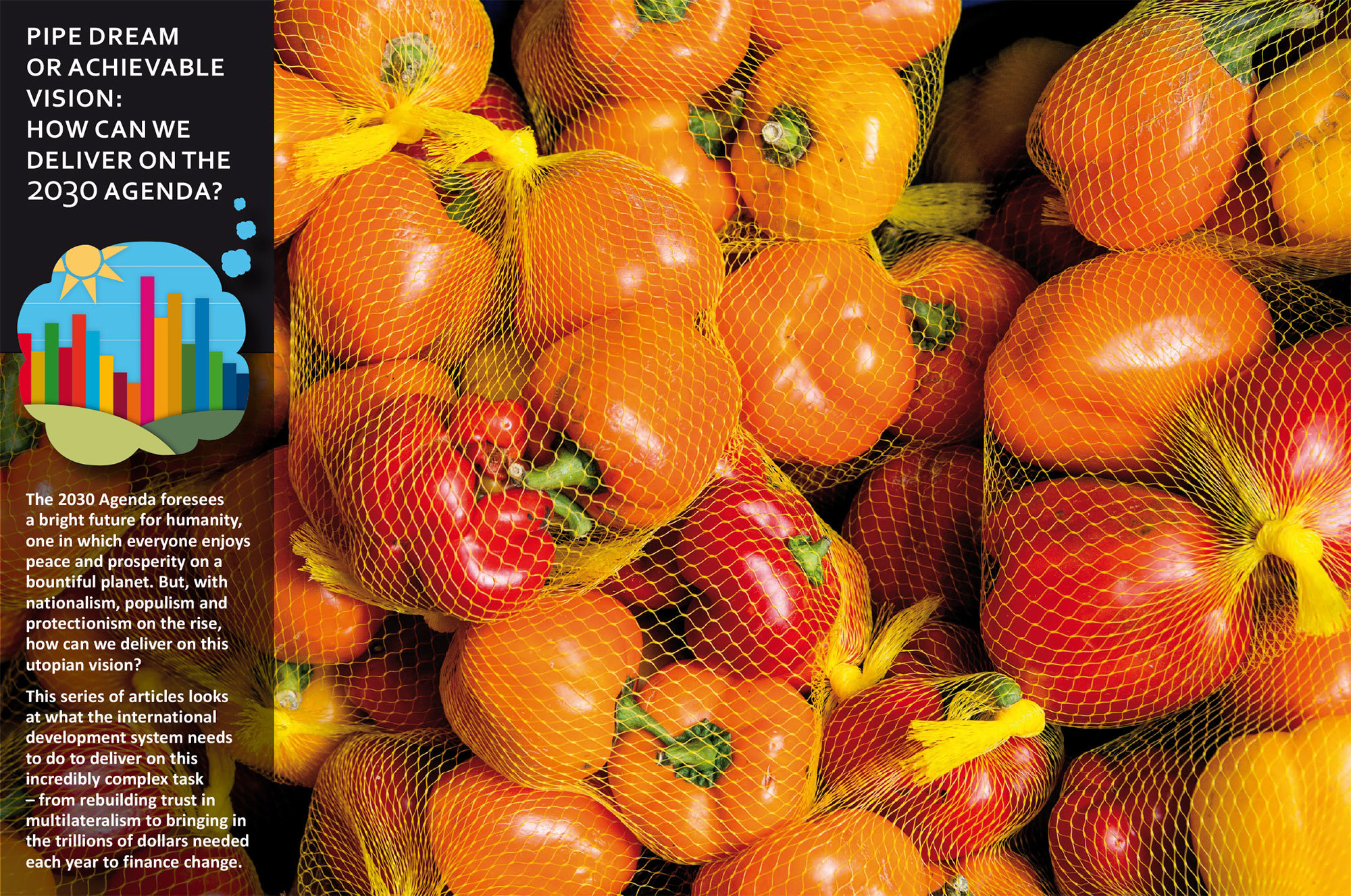In the 21st century, having access to the Internet has practically become more of a necessity than a privilege. In addition to being a portal of entertainment and sports, it’s a vital medium for receiving news and information. Many career searches require online applications, and accessing the world’s economic data now commonly requires an Internet connection as well, a huge need in financial markets. But while North America and Europe have developed strong Internet infrastructures (with 80% of European households in particular boasting Internet access), in Africa the story is very different, with only 10% of households claiming access to the Internet. Furthermore, the access Africans do receive is substantially more expensive that that of their counterparts in other continents, with broadband prices racking up to 178.3% of gross national income per capita, compared to 7.4% in the Americas and just 1.3% in Europe.
It comes as no surprise then that some organizations are stepping in to fill the void. One of those organizations is Project Isizwe, a non-profit that works with local, provincial, and national bodies in South Africa to set up Free Internet Zones in order to spur education, economic development, and social inclusion. I reached out to CEO Dudu Mkhwanazi to learn more about its efforts, its reach, and its accomplishments.
 In the Photo: Project Isizwe’s server room. Photo Credit: Project Isizwe.
In the Photo: Project Isizwe’s server room. Photo Credit: Project Isizwe.
What was the original inspiration behind Project Isizwe?
Dudu Mkhwanazi: According to a study done by Deloitte, of the world’s 7 billion people, only 2.7 billion people have access to the internet, and a clear majority of the 4.3 billion people that are unconnected live in developing countries. It is clear that most of those unconnected are here in South Africa. The inspiration behind Project Isizwe is to bridge that digital divide.
RELATED ARTICLES
![]() Empty Trips is moving Africa – An interview with Benji Coetzee
Empty Trips is moving Africa – An interview with Benji Coetzee
by Alessandro du Besse’
![]() Stimulating Innovation and Partnerships With Africa’s Trust Fund
Stimulating Innovation and Partnerships With Africa’s Trust Fund
by Nadine Valat
![]() A Clean Act: An Interview with David Auerbach
A Clean Act: An Interview with David Auerbach
by Mohamad Akef
How do you and the rest of Project Isizwe decide which areas to deploy Free Internet Zones?
DM: Because we are a non-profit, we rely mostly on grants and subsidies from the government. So our area of deployment is usually defined to us based on social impact and need.
 In the Photo: Project Isizwe user Patrick Mpinga. Photo Credit: Project Isizwe.
In the Photo: Project Isizwe user Patrick Mpinga. Photo Credit: Project Isizwe.
Trying to spread free WiFi across a country as large as South Africa must be a very ambitious task, what kinds of challenges has Project Isizwe faced while trying to do so?
DM: The political buy-in as well as financial constraints.
What impact has Project Isizwe had on the people of South Africa? Are there any figures or stories that describe it?
DM: Our track record includes the following since we’ve begun operations in 2013:
- 1,050 hotspots in Tshwane servicing about 600,000 unique users a month
- 120 hotspots in George servicing about 50,000 unique users a month
- 10 hotspots in the Cape Town area servicing about 7,000 unique users a month
- Hotspots in Edendale, Sontonga, Diepsloot, the Durban Warrick Triangle, and Alexander Mall servicing about 20,000 unique users a month
- 6 hotspots in the Mangaung area
- 7 international awards and counting!
 In the Photo: A group of Project Isizwe users in South Africa. Photo Credit: Project Isizwe.
In the Photo: A group of Project Isizwe users in South Africa. Photo Credit: Project Isizwe.
What does the future of Project Isizwe look like in your eyes?
DM: Our goal is to connect over 20 million people to the Internet by 2030, and to grow a footprint in the African continent.


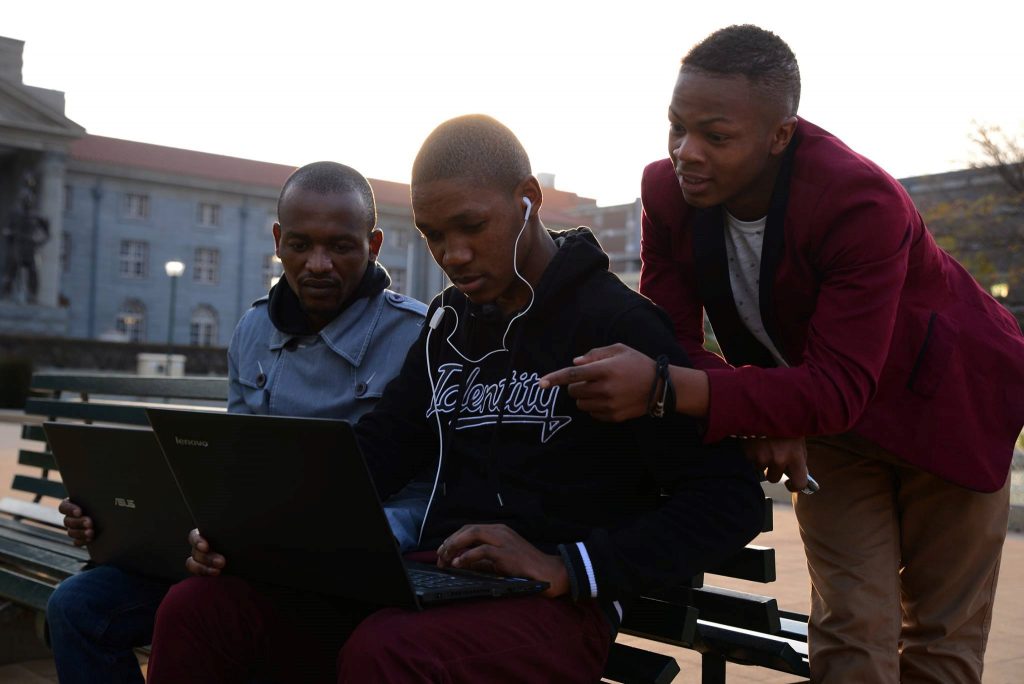
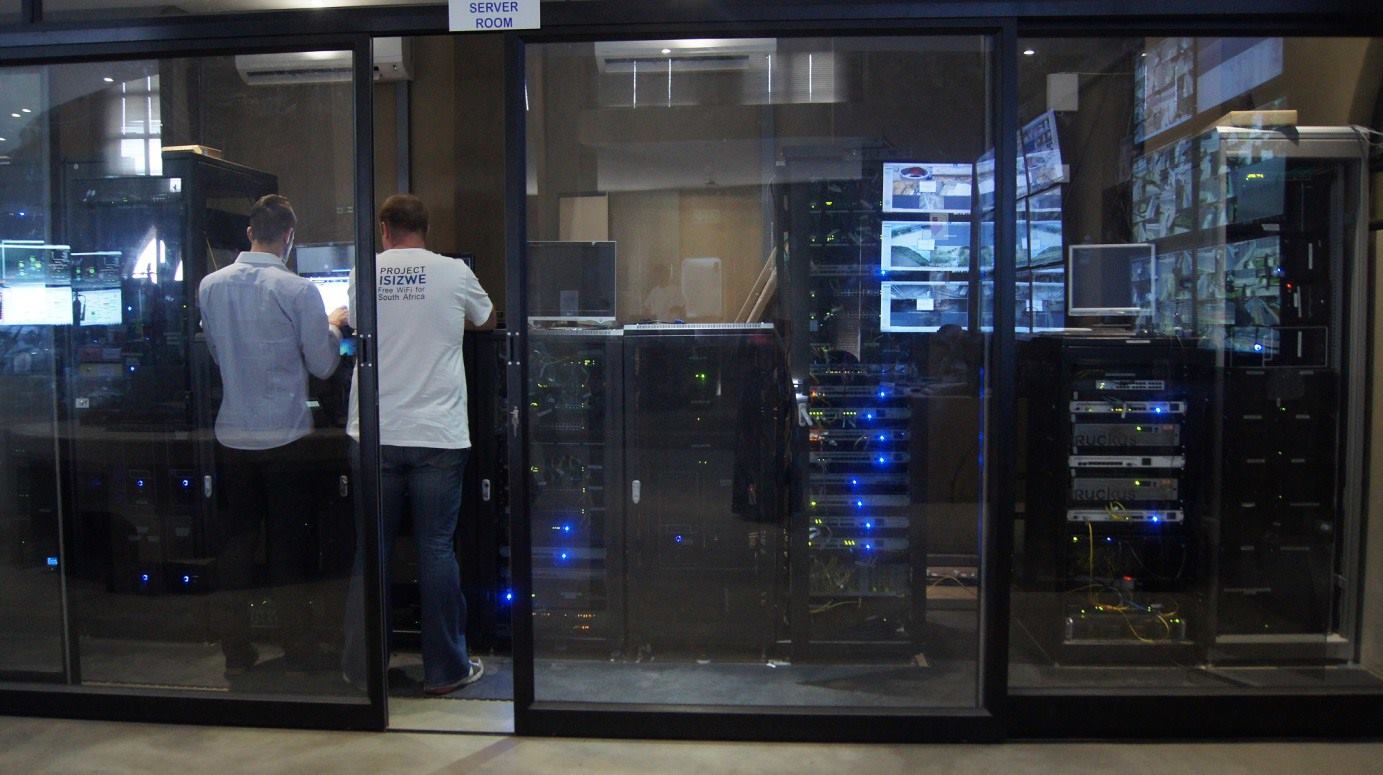 In the Photo: Project Isizwe’s server room. Photo Credit:
In the Photo: Project Isizwe’s server room. Photo Credit: 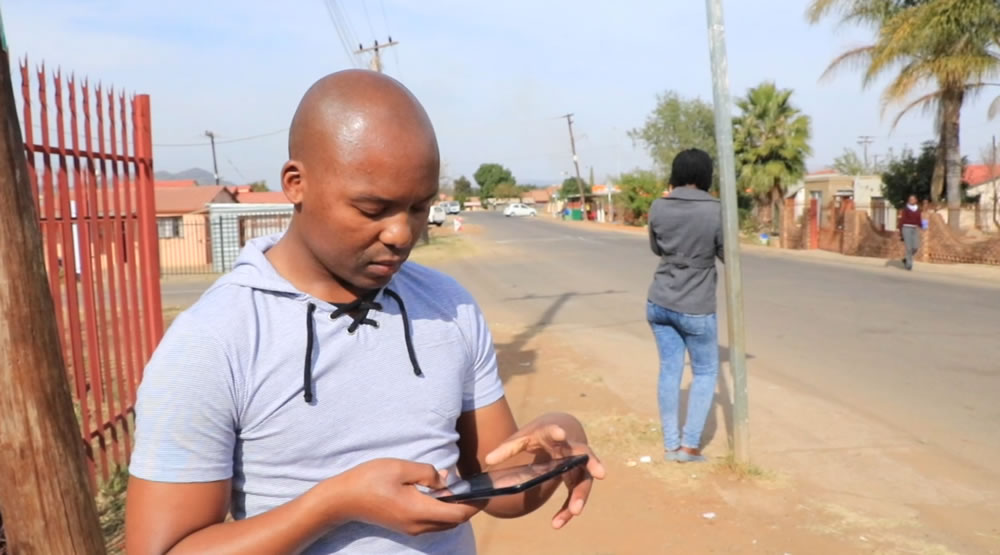 In the Photo: Project Isizwe user Patrick Mpinga. Photo Credit:
In the Photo: Project Isizwe user Patrick Mpinga. Photo Credit: 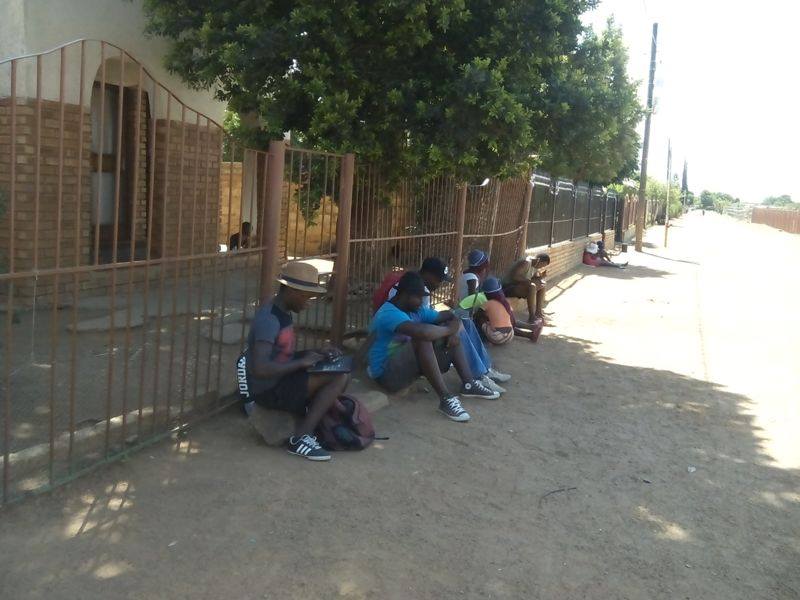 In the Photo: A group of Project Isizwe users in South Africa. Photo Credit:
In the Photo: A group of Project Isizwe users in South Africa. Photo Credit: 


